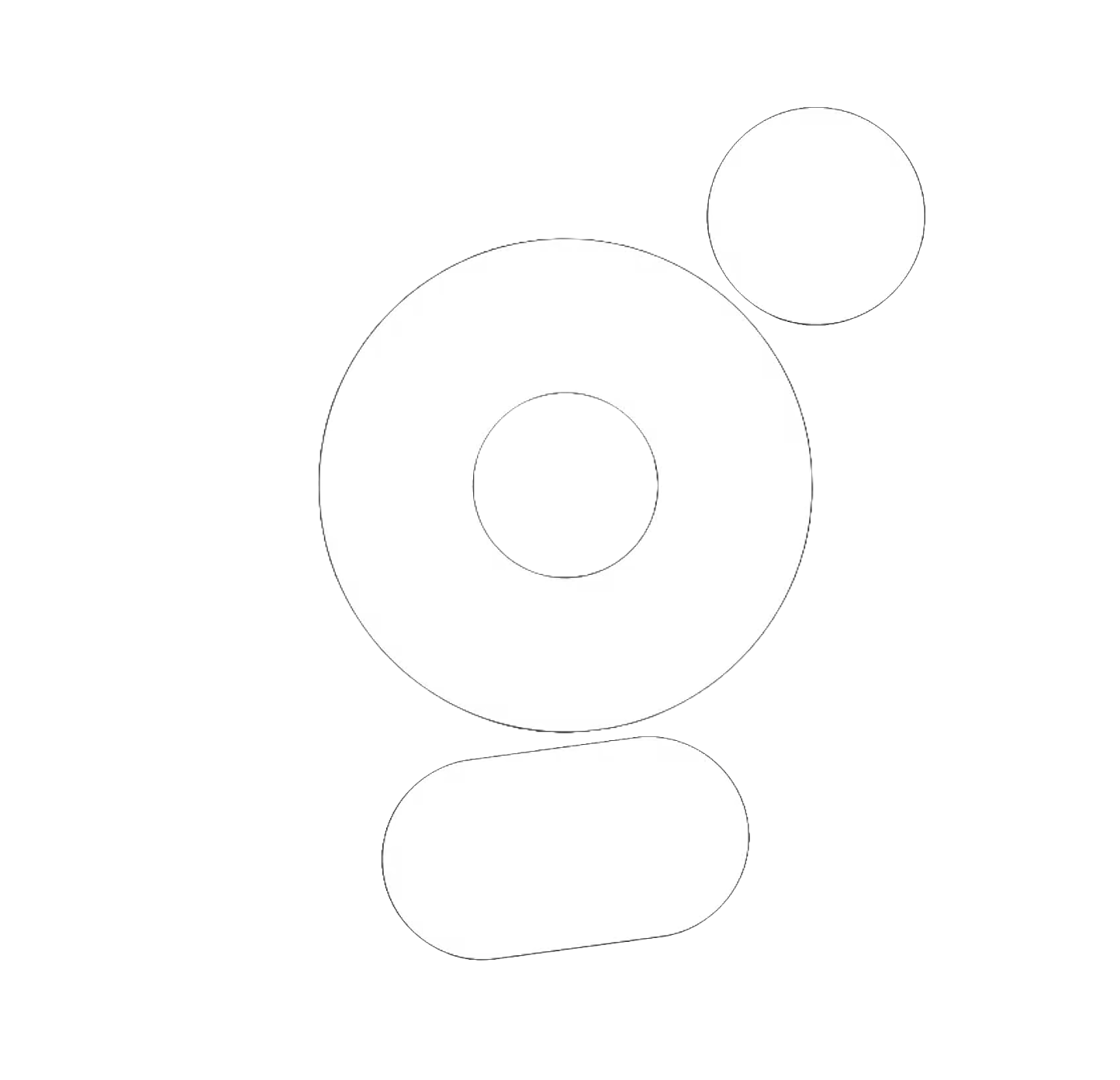
Gistly
Subscribe to newsletter
Thank you! Your submission has been received!
Oops! Something went wrong while submitting the form.

Understanding Average Handle Time
AHT is calculated using the formula:
AHT = ( Total Talk Time + Total Hold Time + Total Follow-up Time ) / Total Number of Calls
Reducing AHT without sacrificing the quality of customer interactions requires a strategic approach.
Strategies to Optimize AHT
1. Comprehensive Training for Agents
Well-trained agents can handle calls more efficiently. Training programs should focus on:
- Product Knowledge: Ensuring agents have a deep understanding of the products or services.
- Soft Skills: Developing communication skills to handle customer queries effectively.
- Technical Proficiency: Familiarity with the tools and systems used in the call center.
Regular workshops, role-playing scenarios, and refresher courses can keep agents' skills sharp and up-to-date.
2. Streamline Call Processes
Efficient call handling processes can significantly reduce AHT. Consider implementing:
- Call Scripts: Providing agents with scripts for common queries to streamline conversations.
- Knowledge Bases: Easily accessible databases with information agents frequently need.
Implementing a dynamic knowledge base that auto-suggests relevant articles based on the customer query can save time.
3. Utilize Technology and Automation
Technological tools can assist in reducing AHT:
- IVR Systems: Interactive Voice Response systems can handle routine queries and route calls to the appropriate agents.
- CRM Integration: Customer Relationship Management systems that provide agents with all necessary customer information at a glance.
CRM systems can display customer purchase history and previous interactions, reducing the time agents spend searching for information.
4. Monitor and Analyze Performance
Regular monitoring and analysis of call center metrics can help identify areas for improvement:
- Real-time Dashboards: Providing supervisors with live data on agent performance.
- Call Recording and Analysis: Reviewing call recordings to identify bottlenecks and areas where agents can improve.
Using speech analytics to automatically detect long silences or repeated phrases that could indicate areas for improvement.
5. Encourage Self-Service Options
Empowering customers to solve their own issues through self-service can reduce call volumes and AHT:
- FAQs and Online Help Centers: Comprehensive online resources where customers can find answers to common questions.
- Chatbots: AI-driven chatbots that can handle basic queries and direct customers to the right resources.
A well-designed FAQ section and AI chatbot can resolve common issues without agent intervention, reducing overall call volume.
Balancing AHT and Quality
While reducing AHT is important, it should not come at the expense of customer satisfaction. Ensure that agents are not rushing through calls but are instead handling them efficiently while still providing high-quality service. Regular feedback and coaching can help maintain this balance.
Implementing a quality monitoring system that evaluates both the speed and quality of service can help ensure a balanced approach.
Best Practices for Maintaining Quality While Reducing AHT
1. Regular Training and Development:
- Continuous training programs that focus on improving both efficiency and customer service skills.
- Scenario-based training that prepares agents for a variety of customer interactions.
2. Effective Use of Technology:
- Implementing AI and machine learning to provide real-time suggestions to agents during calls.
- Using predictive analytics to anticipate customer needs and streamline the call process.
3. Feedback and Continuous Improvement:
- Regularly gathering feedback from customers to identify areas of improvement.
- Using this feedback to refine call scripts, knowledge bases, and training programs.
4. Performance Incentives:
- Offering incentives for agents who consistently meet or exceed AHT and quality benchmarks.
- Recognizing and rewarding top performers to motivate continuous improvement.
Conclusion
Optimizing Average Handle Time is crucial for call centers aiming to improve efficiency and customer satisfaction. By investing in agent training, streamlining processes, leveraging technology, and encouraging self-service, call centers can achieve a lower AHT while still providing exceptional service. Continuous monitoring and balancing efficiency with quality will ensure sustained success.
By focusing on these strategies, Gistly.ai can help call centers optimize their operations, reduce AHT, and enhance overall customer satisfaction.